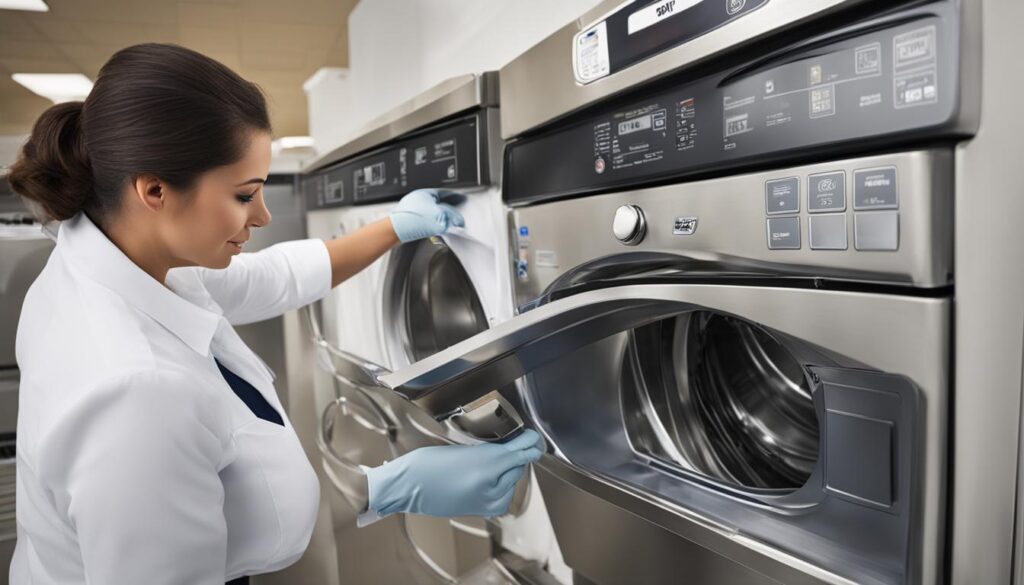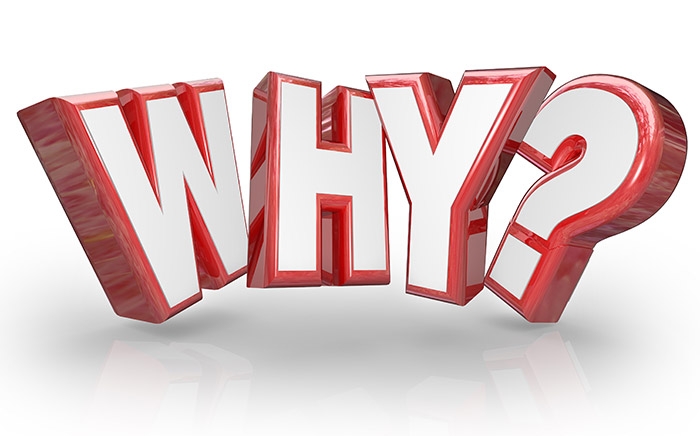Understanding Food Safety: Are Nitrile Gloves Safe for Food Handling?
Introduction: The Critical Role of Gloves in Food Safety
Ensuring food safety is a foundational priority in every kitchen, whether at home or in commercial food service. Disposable gloves are a primary barrier protecting food from contamination. Among the different types of gloves available, nitrile gloves have become increasingly popular due to their durability, comfort, and resistance to chemicals. However, an important question arises: are all nitrile gloves safe for food handling? This article provides a comprehensive guide to understanding the food safety of nitrile gloves, how to choose the right type, and actionable steps for both businesses and individuals.
What Are Nitrile Gloves?
Nitrile gloves are made from nitrile butadiene rubber , a synthetic material free of natural latex proteins. This makes them an excellent choice for people with latex allergies and for food handlers who need a strong, flexible barrier. Nitrile gloves are used across many industries, including healthcare, cleaning, and, increasingly, food service. Compared to vinyl or latex, nitrile offers superior puncture resistance and better protection against many chemicals and oils encountered in kitchens [2] .
Are Nitrile Gloves Food Safe?
In general, nitrile gloves are considered food safe when they are specifically manufactured for food handling purposes. The safety of nitrile gloves in food applications is strictly regulated by agencies such as the U.S. Food and Drug Administration (FDA) and the European Food Safety Authority (EFSA). These agencies set standards for glove composition, manufacturing, and testing to ensure that gloves do not transfer harmful substances to food [1] . Only gloves that meet these criteria and are labeled as “food safe” or “food grade” should be used in direct food contact [4] .
Regulatory Standards: What to Look For
When selecting nitrile gloves for food handling, it is essential to verify that they meet the relevant regulatory requirements:
-
United States:
The FDA requires food contact gloves to comply with
Title 21 CFR Part 177
. This regulation mandates that gloves be sanitary, impermeable, and made from materials recognized as safe for food contact [3] [5] . - Europe: The EN 1186 standard governs gloves in contact with food, focusing on controlling chemical migration and ensuring that gloves do not leach harmful substances into food [5] .
Always check packaging or product documentation to confirm compliance with these standards. If unsure, request specification sheets from your supplier or manufacturer.
Key Features of Food Safe Nitrile Gloves
To ensure maximum safety and effectiveness, look for the following features in nitrile gloves used for food handling:

Source: constructioninformer.com
- Powder-Free Construction: Modern food-safe nitrile gloves are powder-free, minimizing the risk of powder contaminating food. The FDA has banned the use of powdered gloves in food service due to potential health concerns [2] .
- Color Coding: Blue nitrile gloves are commonly used in food service because they are highly visible if a piece accidentally gets into food. However, both blue and black nitrile gloves can be food safe if they are certified for food handling [4] .
- Chemical Resistance: Quality food-grade nitrile gloves provide protection against water, oils, cleaning chemicals, and food acids, making them versatile for various kitchen tasks [2] .
- Durability and Puncture Resistance: Nitrile gloves are more resistant to tears and punctures than their vinyl or latex counterparts, which helps maintain a sanitary barrier during extended food preparation [3] .
Potential Risks and How to Avoid Them
While nitrile gloves are generally safe, there are certain risks if the gloves are not manufactured or used properly:
- Residual Chemicals: Gloves may carry residual chemicals from the production process, which could transfer to food. Always use gloves certified for food handling, and avoid industrial-grade nitrile gloves for food service [1] .
- Powder Contamination: Avoid using powdered gloves, as the powder can contaminate food and cause allergic reactions among sensitive individuals [2] .
- Improper Use: Gloves must be changed frequently, especially after handling raw meat, cleaning chemicals, or switching tasks, to prevent cross-contamination [3] .
To minimize these risks, always purchase food-grade nitrile gloves from reputable suppliers and follow recommended glove usage protocols.
Step-by-Step: How to Choose and Use Food Safe Nitrile Gloves
- Confirm Certification: Check the product label or packaging for FDA (Title 21 CFR Part 177) or EN 1186 compliance, and look for “food safe” or “food grade” designations.
- Select the Right Size: Proper fit ensures dexterity and minimizes the risk of tearing.
- Check for Powder-Free Gloves: Ensure the gloves are powder-free to avoid food contamination.
- Inspect Before Use: Look for holes, tears, or defects before wearing a new pair.
- Use One Pair per Task: Change gloves between different food types (e.g., raw and cooked foods) and after any non-food activity (cleaning, handling money).
- Dispose Properly: Discard used gloves immediately after use and wash hands before putting on a new pair.
If you operate a food service business, train all staff on these best practices and routinely review glove safety protocols.
Case Study: Nitrile Gloves in a Commercial Kitchen
Consider a busy restaurant kitchen where multiple staff members handle raw meat, fresh produce, and ready-to-eat items throughout a shift. The kitchen manager selects blue, powder-free nitrile gloves certified as food safe according to FDA Title 21 CFR Part 177. Staff are trained to change gloves after each task, especially when moving from raw to cooked foods. The manager also keeps documentation from the glove supplier verifying compliance with all relevant safety standards. As a result, the kitchen maintains a high standard of food safety, reduces the risk of cross-contamination, and protects employees and customers from potential allergens.
Common Questions and Troubleshooting
Q: Can I use industrial-grade nitrile gloves for food handling? A: Industrial-grade gloves may not meet food safety standards and could contain chemicals not suitable for food contact. Always choose gloves labeled and certified for food handling.
Q: How can I verify that gloves are food safe if the packaging is unclear? A: Request a specification sheet or certification of compliance from your supplier. For U.S. compliance, look for Title 21 CFR Part 177 references. In Europe, check for EN 1186 certification.
Q: Are black nitrile gloves food safe? A: The color does not determine food safety; certification and labeling do. Both blue and black nitrile gloves may be food safe if properly certified [4] .
Alternatives to Nitrile Gloves
While nitrile gloves are widely used, other options include vinyl and polyethylene gloves. Vinyl gloves are less durable and offer lower chemical resistance, while polyethylene gloves are lightweight but best suited for low-risk food tasks. Latex gloves are not recommended due to allergy risks. Nitrile gloves remain the preferred choice for most food service applications due to their balance of safety, comfort, and durability [2] .

Source: dystian.com
How to Access Food Safe Nitrile Gloves
Food safe nitrile gloves are widely available through commercial suppliers, restaurant supply stores, and reputable online retailers. To ensure compliance and authenticity:
- Ask suppliers for documentation proving FDA or EN 1186 compliance.
- Read packaging and product descriptions carefully for “food safe” or “food grade” designations.
- If uncertain, contact the manufacturer directly for verification.
For large-scale or recurring orders, establish a relationship with a reputable distributor that can provide ongoing certification and support. Visit leading food safety organizations or government agency websites for updated lists of approved products and suppliers.
Conclusion: Key Takeaways for Safe Food Handling
Nitrile gloves are a reliable and effective choice for food handling when they meet recognized safety standards and are used according to best practices. Always verify compliance, choose powder-free and appropriately sized gloves, and train all food handlers on correct usage. For further information, consult the FDA, EFSA, or your local food safety authority. When in doubt, request documentation or guidance from your supplier to ensure you are using gloves that prioritize both food safety and consumer health.
References
- [1] Armbrust USA (2025). Are All Nitrile Gloves Food Safe?
- [2] Top Quality Gloves (2025). Are Nitrile Gloves Food Safe? The Complete Guide.
- [3] Gloves.com (2022). Are Nitrile Gloves Food Safe? What You Need to Know.
- [4] Sara Glove (2025). Are Nitrile Gloves Food Safe? A Guide to Compliant Options.
- [5] Ansell USA (2025). Are Nitrile Gloves Food Safe?
MORE FROM hotondeals.com













